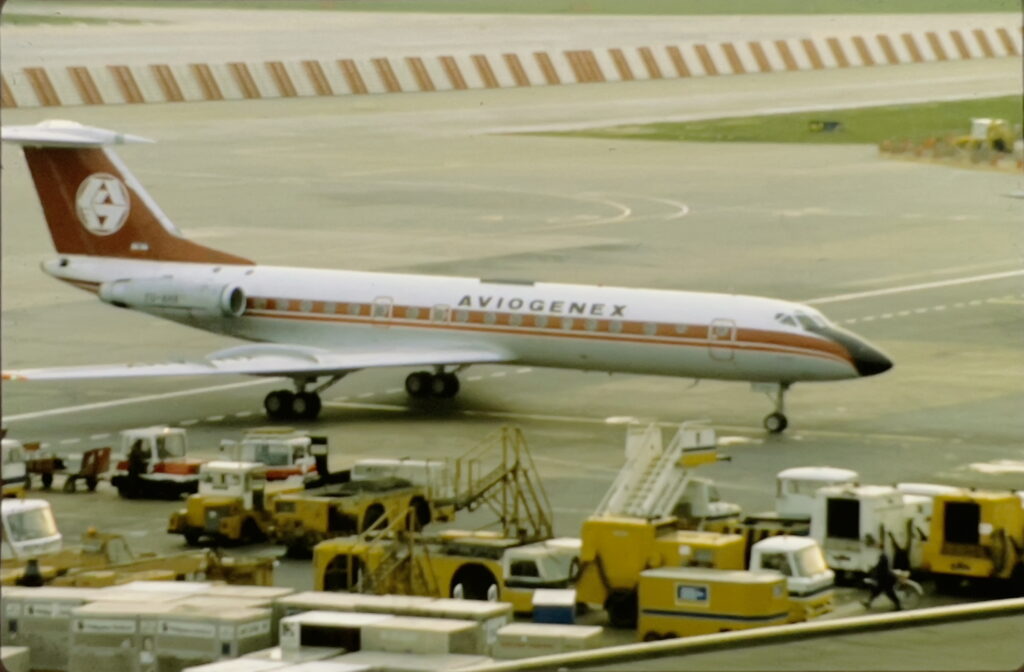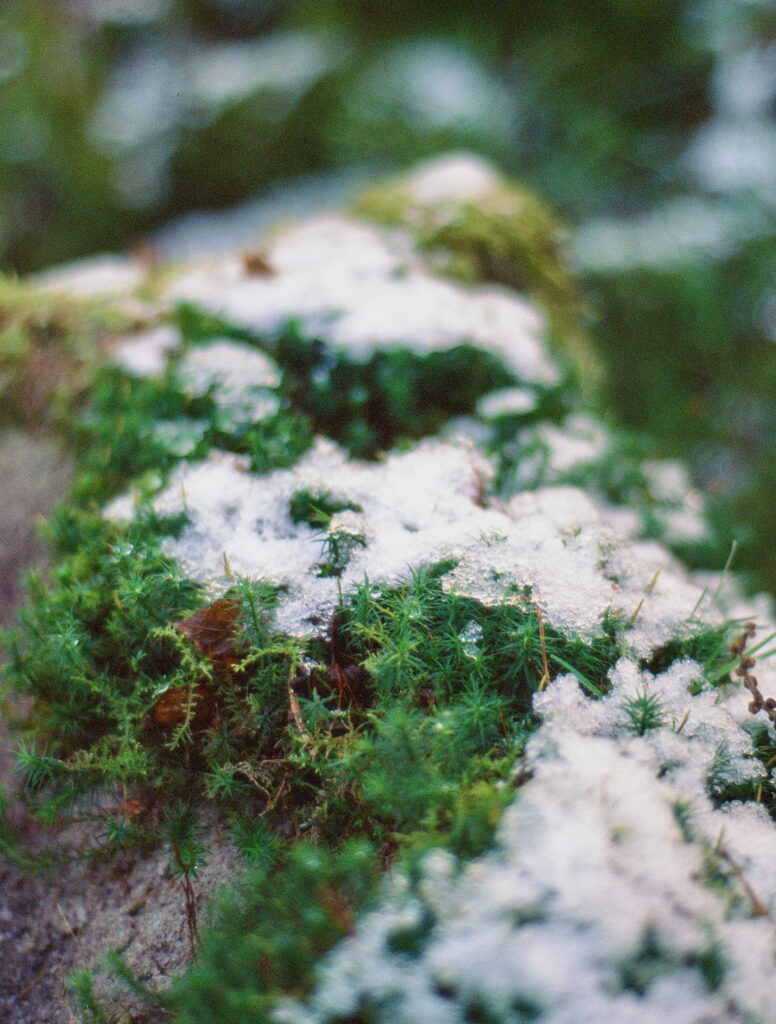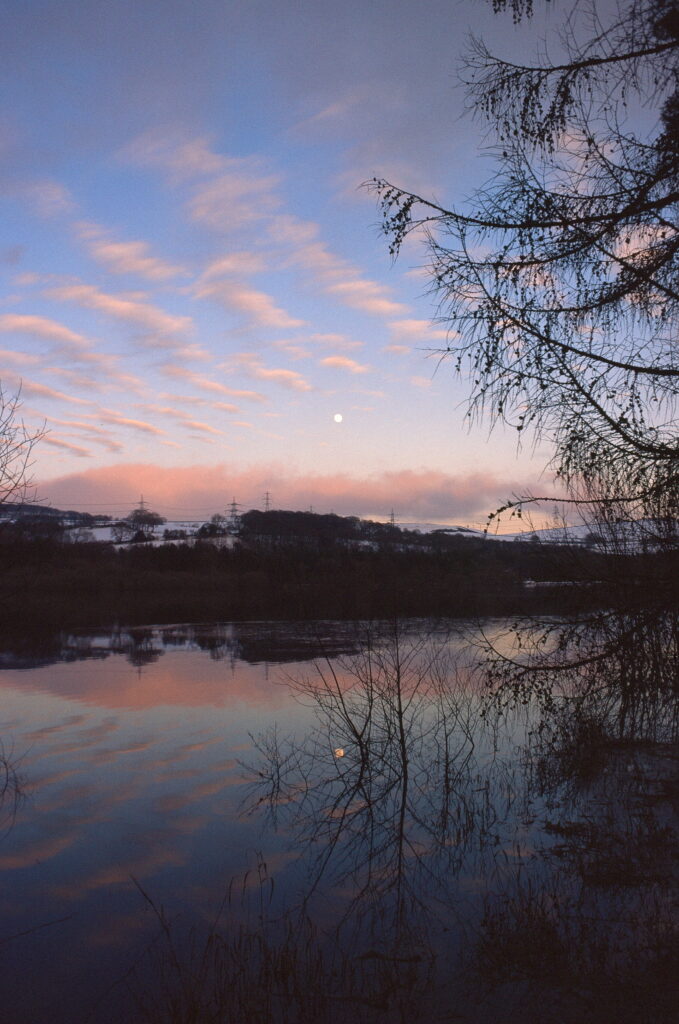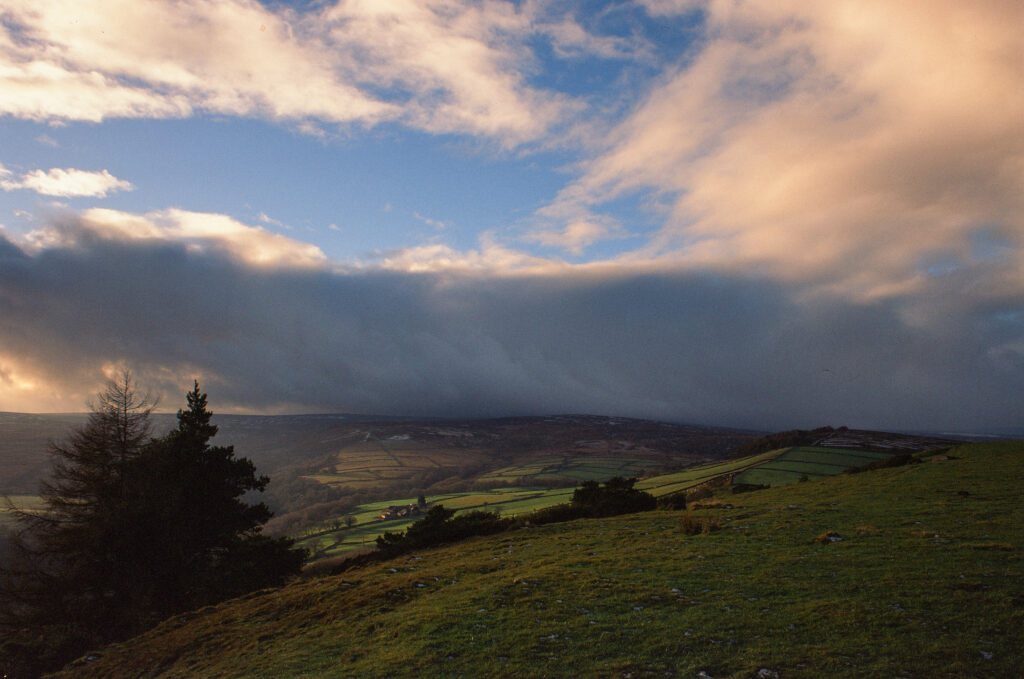Following the disaster with the last roll of exceedingly out of date film I tried, but spurred on by my local photography store where it went for developing, who said my roll of Velvia 50 should fair better, I gave it a whirl.
My repaired Nikon FG had yet to be tested after fixing the film counter issue and replacing the light seals, so it was prime candidate to use what was my last roll (thankfully) of expired film and I got to check a couple of lenses that had “appeared” since the departure of the Nikon EM and FG-20 at the same time.
Being slide film, Velvia 50 has a different composition and uses a different chemical process for developing, coming back as a positive to be projected as opposed to the usual negative for print film. Aside from needing an additional step should you actually want a print doing off them, it’s much easier digitising slide film than print film. At the most basic level, you just need a suitable backlight, the strip of film securing and your phone camera, or a digital camera on a tripod. At the other end of the scale, dedicated film scanners will do this and negative films, but cost a small fortune, or there’s a few flatbed scanners with dedicated facilities to do the same but at a fraction of the cost; I had a Canon Canoscan for years to do this.
With film and analog photography gaining in popularity again, a burgeoning industry has in effect regrown around the movement to support and promote it. Lomography were one of the first to produce new film cameras, but adopted a unique style when they did, all plastic, relatively cheap and often with unique features, the Spinner 360 that produces a panoramic shot across 4 35mm frames being one of my favourites.
To complement the taking of film, Lomography also released the DigitaLIZA to aid the transfer of film to the digital world and it really is a bargain, as well as being simple to use. Naturally enough, the results vary depending upon you using a smartphone or DSLR say, but having a good backlight and the film strip secure means you’ve hands free to take your scans and wind on the frames. Add-on film frames for 120 and even 110 film are available, as well as the 35mm frame it comes with, so it pretty much covers all bases and sizes of currently available film stock.

As for my roll of Velvia 50, it arrived back from my local developers and they were spot on in predicting that it will have survived its hibernation in my cupboard. All correctly exposed, no light leaks, generally in focus (sometimes awkward when you’re attached to a dog!) and some really nice results.



